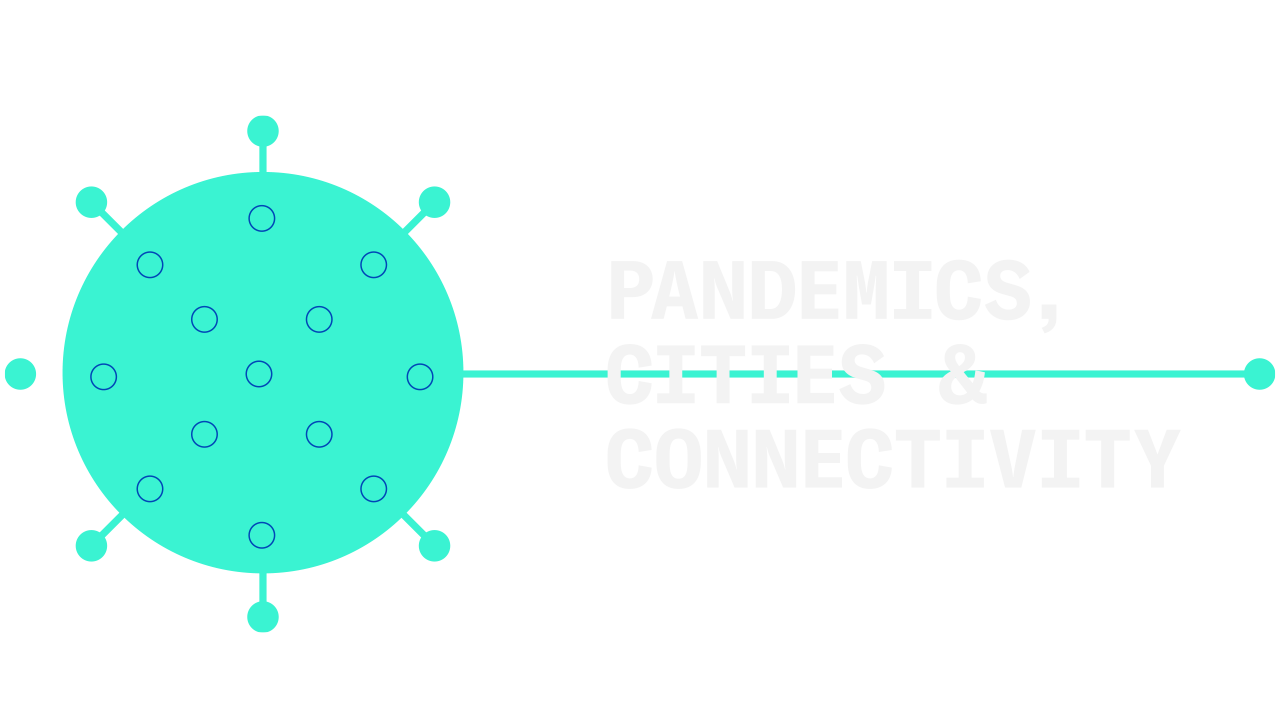BLOSSITY B.V.
Stationsplein 45
3013 AK Rotterdam
The Netherlands

Future-proofing real estate when pandemics are the new normal.
John Snows mapping of the 1854 Cholera outbreak in London was something we would show every time in order to highlight the intersection of public health and urban planning. Advocating for healthy urbanism with my partner in crime Marije Blok for years, we now see ourselves confronted with the bizarre reality of the #COVID19 crisis. A global health crisis that really shows how interconnected we are as people and how much place matters.
A client asked us to deep dive into strategies for future-proofing a global real estate portfolio, in the light of current events. When it comes to Covid-19 it’s a bit early to take on real lessons learned, but it’s definitely the right time to ask yourself big questions.
I don’t have all the answers, but here are 7 thoughts on pandemics, cities and the future of connectivity:
🏃🏼♀️ The great retrofit
Let’s chew on how we can start retrofitting the principal infrastructure of our built environment, like sidewalks and stairs. All these elements facilitating walkability are now in need of reimagination in order to allow the right social distance. What kind of choice architecture will we see in workplace, retail and hospitality?
🏖 Density Paradox
We know how high-density communities are more energy efficient, allow better public transit and invite residents to be physically active. But now we’re confronted with a global pandemic, where that same high-density neighbourhood becomes a petri dish, with stronger chains of viral transmission. What is the tipping point for resilient communities?
😱 Agoraphobia
Should we be worried about a new wave of public space anxiety? These situations can include open spaces, public transit, shopping centres, or simply being outside your home, and not feeling in control.
🖼 WFHFOMO
It is straight forward that the Covid-19 is catalysing remote working as well as online education. What is harder to figure out is how we support the wellbeing of our teammates who are missing out on the personal interaction – for months. What’s your plan to keep morale, productivity and mental health up?
🍭 Bringing creativity back
We are now in a situation where the entire workplace abruptly shifted to online, and we are missing the serendipitous encounters. Will we see a rise of decentralised alternative work-environments for smaller teams in times of crises?
🌡 Digital Infrastructures
Better sanitation was the answer to the Cholera outbreak in London. This Covid-19 pandemic shows how much we rely on accessible and understandable urban data. Digital infrastructure are the sanitation of our time and technological advancement prompts us to think where rapid monitoring of body metrics (like temperature) will take us.
🛒 Retail reset (again)
The early 2000s SARS pandemic skyrocketed a small e-commerce platform called Alibaba. Who is surfing the wave of Covid-19? And thinking of global interdependence, should we expect supply chains revert to more decentralised local ecosystems of making and (autonomous) shipping?
While we continue to grasp the impact of this pandemic, we do know that unexpected events are the new norm now. This points to more permanent changes we must make in the ways we manage and invest in real assets.
We are open for business and ready to help you tackle some of the questions above.
Stay safe and connected!
Jorick
Feel free to share this article